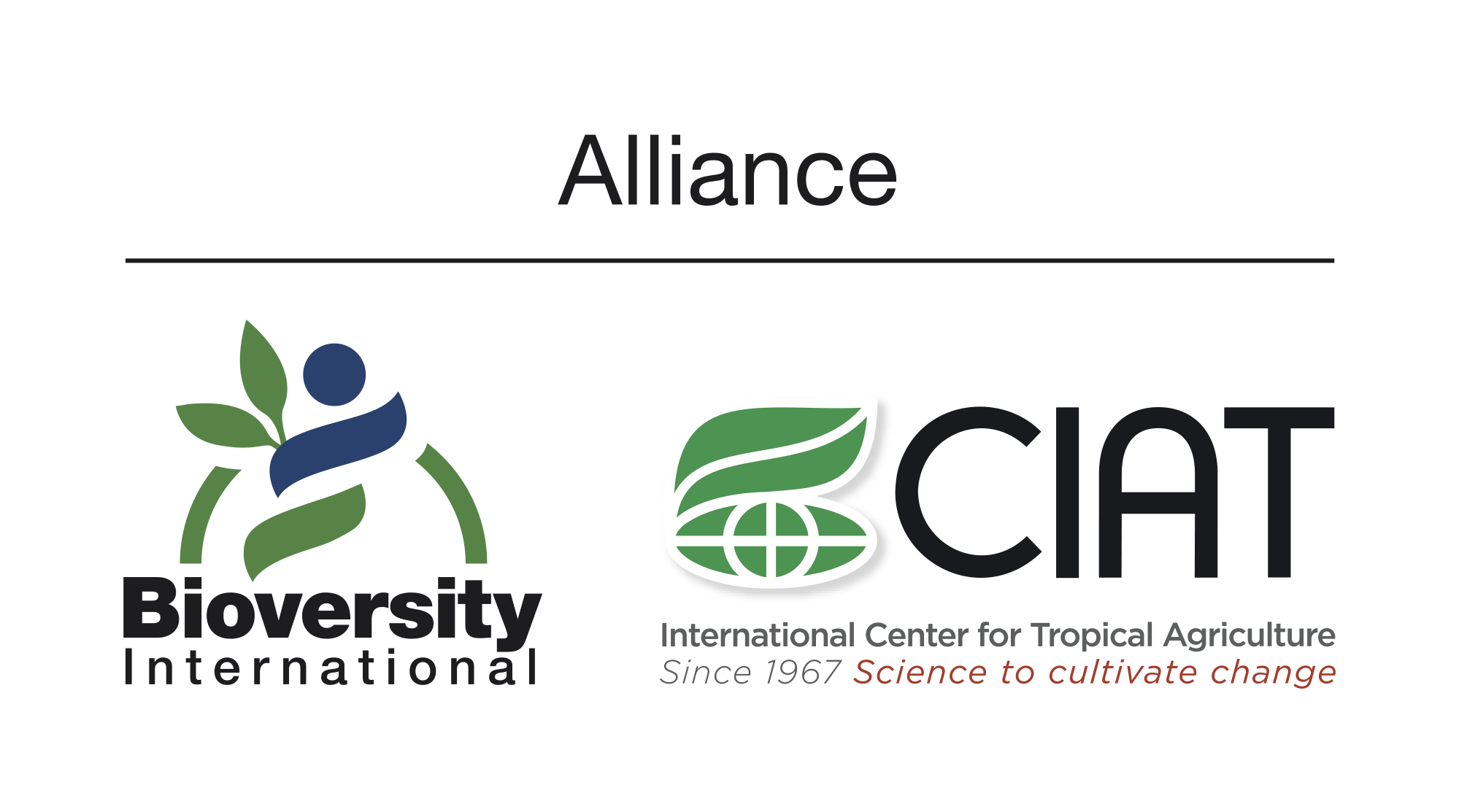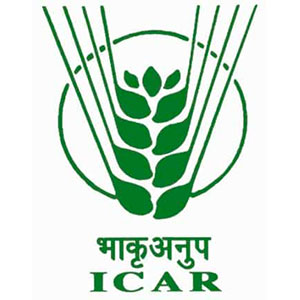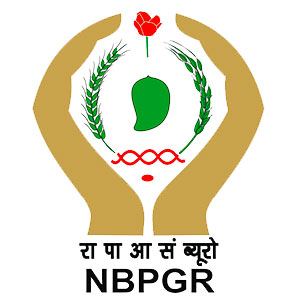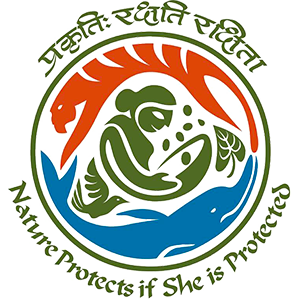The hot arid and semi-arid regions are characterized by typical hot summers. The mean annual precipitation is less than 400 mm. This results in large deficit of water throughout the year and the growing period is less than 90 days annually. Groundwater is getting depleted as well as polluted. In general, every third year is a drought year in most of the districts of Rajasthan. Soils are generally sandy and are moderately calcareous and alkaline in reaction. The area is under rainfed mono-cropping (traditional) agriculture. The resistant and short duration rainy season crops, such as pearl millet, ‘chari’ (fodder), and pulses are grown in non-saline areas. The region is well known for its traditional biodiversity comprising both plants and animals, which are of global significance. The region is rich diversity of pearl millet, sorghum, moth bean, cluster bean, cowpea, black gram, green gram, Brassicaceae, sesame, cucurbits, forage legumes and grasses. The yields are low under average management practices. The natural vegetation comprises sparse, sporadic tropical thorn forest.
Desert trees and shrubs like Khejadi, rohida, phog, ker, ber, etc. are endemic. Production of rapeseed and mustard, coriander, cumin, fenugreek, cluster bean and moth bean are the highest in the country. Nevertheless, there is a need to improve sustainability of production systems and livelihoods through conservation and use of indigenous crops diversity.





